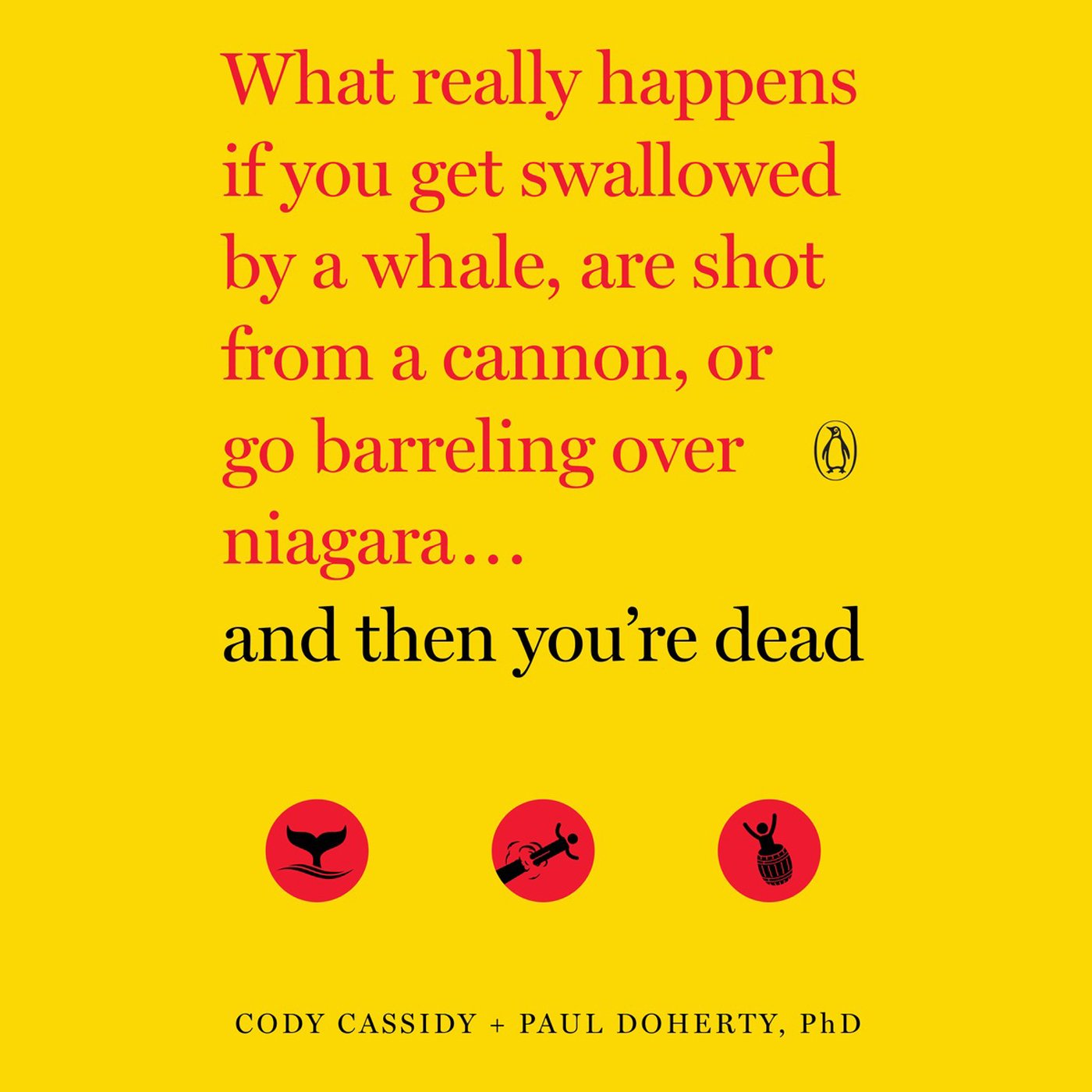What do you think?
Rate this book


Audible Audio
First published April 4, 2017

"...Did the poor sap freeze while ice swimming? Was he squished by an asteroid or was he swallowed by a whale? Sometimes they won’t even tell you!
And when they do reveal a cause of death—say the obituary provides a tantalizing detail like “tragically killed by an oversize magnet”—the story quickly moves on to next of kin while you’re left wondering if magnetism even can be lethal. They are skipping the most interesting part!"
We understand your frustration, so we set out to resolve it. We pick up where even the most elucidating obituary leaves off.
We tell you what really happens when you jump into space wearing only shorts and a T-shirt. We explain why Boeing doesn’t let you roll your window down on the 747, and we explore the problems with swimming in the deepest part of the ocean with as much science and gruesome detail as your stomach will allow.
In other words: Stephen King meets Stephen Hawking. The upside in wading through all this gruesomeness is you may accidentally learn some science, a bit of medicine, and what to do if a shark begins circling you (encourage him to eat your entire leg— not just a chunk)."
"Sperm whales have the most expensive poop in the world. Their bile duct secretion, called ambergris, is a prized commodity in the perfume industry. A one-pound chunk is worth around sixty thousand dollars."
"...Interestingly, you would be fine. Normally, traveling through space at the speed of light is not recommended. It’s not the speed or acceleration that’s dangerous, though; the issue is hitting stuff. Even teeny particles pose a big problem when you’re going that fast—and space is not a perfect vacuum. It is littered with bits of hydrogen that hit like atom-destroying bullets when you’re traveling near the speed of light. The hydrogen would smash through your body and destroy the nuclei of your atoms, which would be fatal."
"Whenever people go in for risky heart surgery, as a safety measure the doctors first cool them down. If something goes wrong and the patient’s brain stops getting oxygen, the cooling gives the doctors a little buffer time to fix the problem. With a low body temperature your brain can go as long as 20 minutes without air before it starts dying. Under normal conditions you have only 4 minutes"